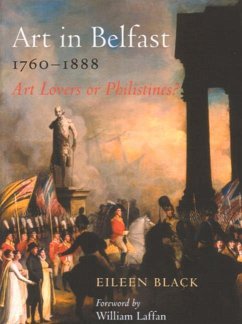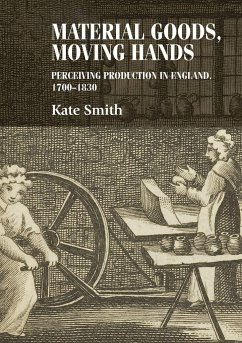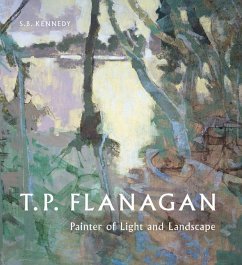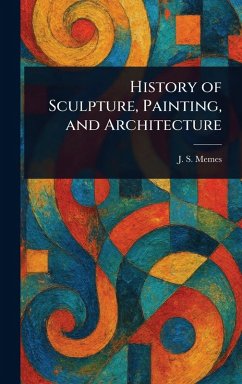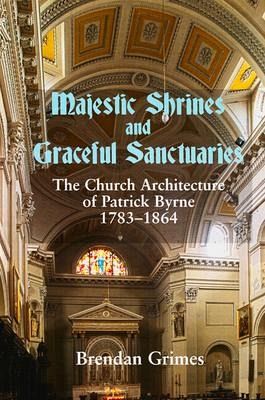
Majestic Shrines and Graceful Sanctuaries
The Church Architecture of Patrick Byrne 1783-1864
Versandkostenfrei!
Versandfertig in über 4 Wochen
59,99 €
inkl. MwSt.

PAYBACK Punkte
30 °P sammeln!
By the end of the 18th century, almost all the legislation directed principally against Catholics in Ireland had been repealed, thus allowing them to build places of worship as they pleased. From this period, the ambitions of clergy and laity, allied with increasing Catholic prosperity, resulted in a renaissance of church building. Their means and ambitions increased throughout the 19th century and, from the 1830s until his death in 1864, Patrick Byrne made a big and important architectural contribution with buildings of quality. Byrne was a classicist by education and his best buildings are n...
By the end of the 18th century, almost all the legislation directed principally against Catholics in Ireland had been repealed, thus allowing them to build places of worship as they pleased. From this period, the ambitions of clergy and laity, allied with increasing Catholic prosperity, resulted in a renaissance of church building. Their means and ambitions increased throughout the 19th century and, from the 1830s until his death in 1864, Patrick Byrne made a big and important architectural contribution with buildings of quality. Byrne was a classicist by education and his best buildings are neo-classical, but he was also called upon to design in the neo-gothic style. Dr. William Meagher commissioned him to design the new parish church in the Dublin suburb of Rathmines and afterwards wrote '... the accomplished, and good, and generous PATRICK BYRNE how truly may it not be said, that he regarded the beauties of Classical and Mediaeval Art with equal reverence, studied their several exce



